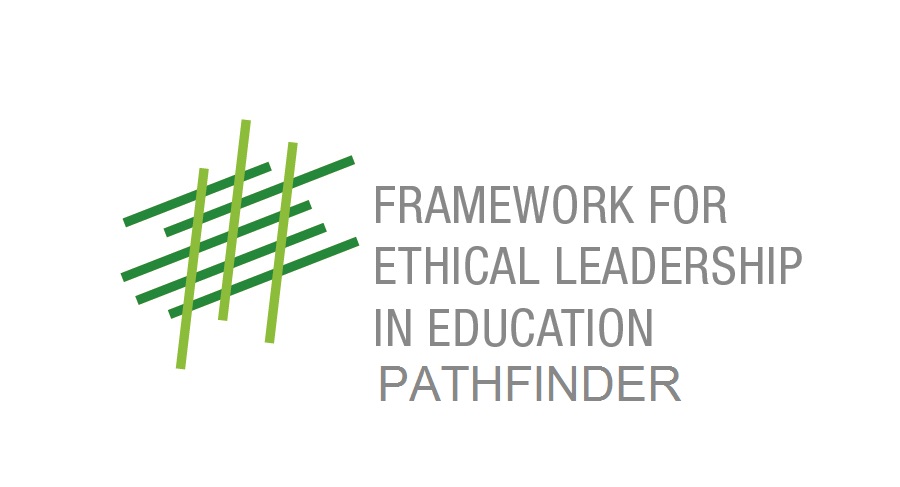Science
Science is organised curiosity; always question, always wonder!
To stimulate a lifelong curiosity which allows you to understand and contribute to the wider world and to begin the journey to reshape the world around you.
Our department vision is to stimulate a lifelong curiosity which allows students to understand and contribute to the wider world and to begin their journey to reshape the world around them. We aim to excite, enthuse, and engage our young people with the world around them and to develop skills and knowledge so that they can be successful learners. The curriculum reflects our vision and provides opportunities for students to ask questions, to investigate through experimental work and ensures that every student can achieve to the best of their ability. We have high expectations of both teachers and students in ensuring that experiences in the classroom both challenge and support all.
The curriculum for science aims to ensure that all students:
- develop scientific knowledge and conceptual understanding through the specific disciplines of biology, chemistry and physics
- develop understanding of the nature, processes, and methods of science through different types of science enquiries that help them to answer scientific questions about the world around them
- are equipped with the scientific knowledge required to understand the uses and implications of science, today and for the future and develop an interest and curiosity about science and careers in science
- can review evidence to make informed choices in their future life
- Inspire the next generation of post 16 students to continue scientific study
KS3 Curriculum
Year |
Autumn |
Spring |
Summer |
7 |
Ecology Particulate nature Space |
Cells Chemical reactions Energy |
Reproduction Inheritance and evolution Forces |
8 |
The Body Chemical formulae Electricity |
Healthy Living Development of the Periodic Table Waves
|
Bioenergetics Materials / rock cycle Magnetism How Science Works |
9 |
Cells and communicable diseases Atomic structure and the Periodic Table Energy I and particles |
Supplying the cell and body systems What is it made of? Electricity and magnetism |
The Earth’s atmosphere Forces I |
KS4 Curriculum
Year |
Autumn |
Spring |
Summer |
10 |
Bioenergetics Quantitative Chemistry Electricity |
Infection and response Chemical changes Atomic structure |
Inheritance, variation and evolution Energy changes Forces and application The rate and extent of chemical reactions |
11 |
Ecology Organic chemistry Forces and motion Chemical analysis Homeostasis and response Chemistry of the atmosphere Waves |
Using the Earth’s resources Magnetism and electromagnetism |
|
Homework
KS3 (Years 7-9) – set once a week and covers a wide variety, such as revision -based homework, Seneca Learning, worksheet and research. There may also be extended tasks such as model building of the solar system or a cell, for example.
KS4 (Years 10-11) -students are to complete three daily goals every week on the online platform Tassomai – this helps to embed knowledge and aids recall of information. In addition to this, students will be set homework once a fortnight by each of their teachers. This maybe revision -based tasks , exam questions or worksheets to check understanding of concepts, online learning or writing up an experiment carried out in the lesson.
Extra-curricular
A KS3 Science club is run every Monday after school for an hour. This includes a variety of stem related activities.
Sixth Form
Wolfreton is part of The Consortium Sixth Form College and all sixth form course information can be found on its website




